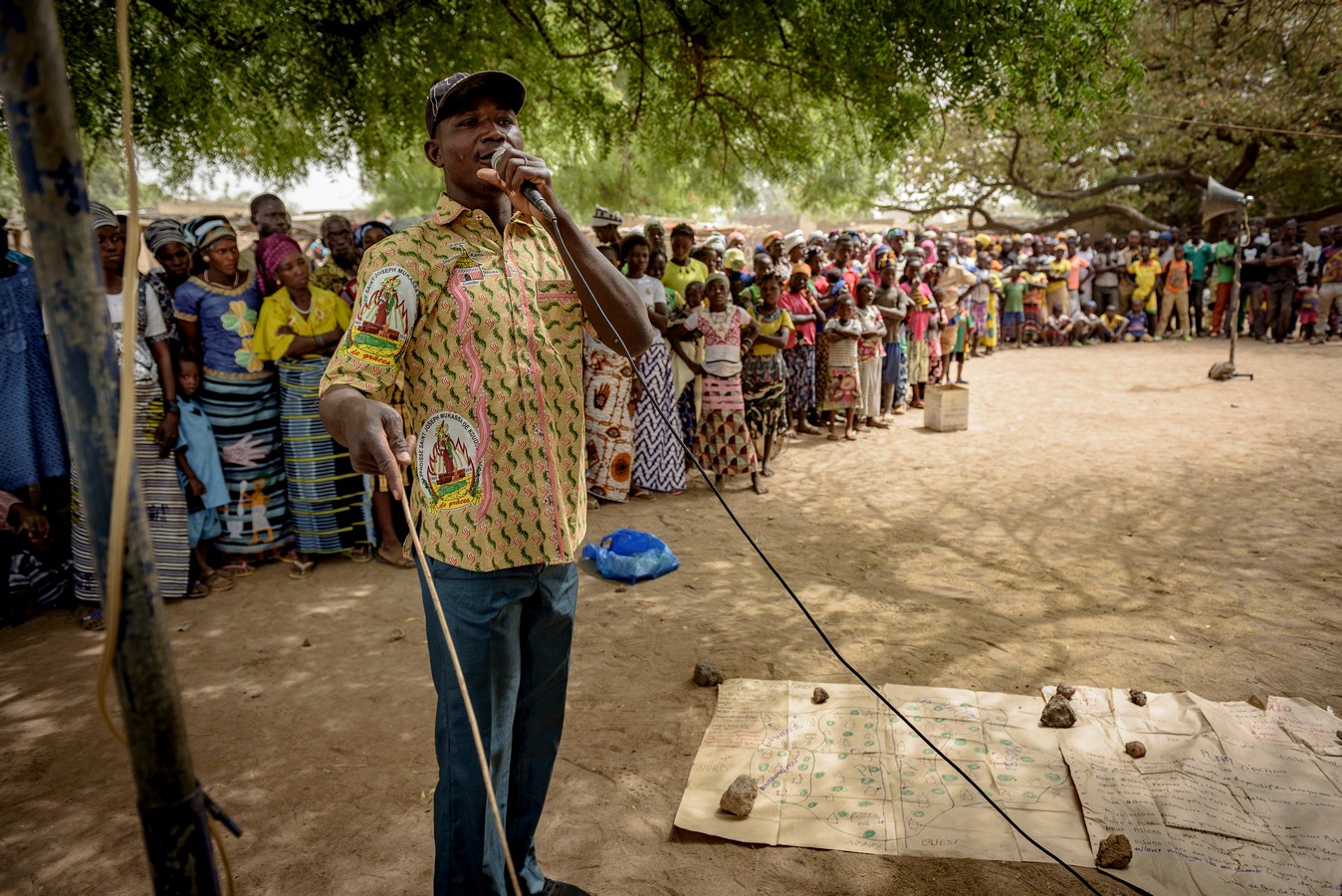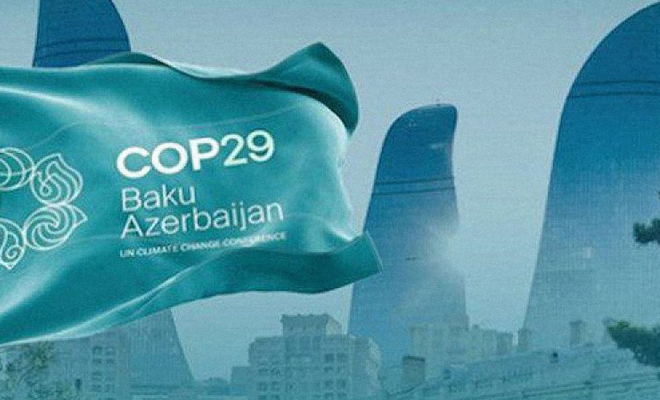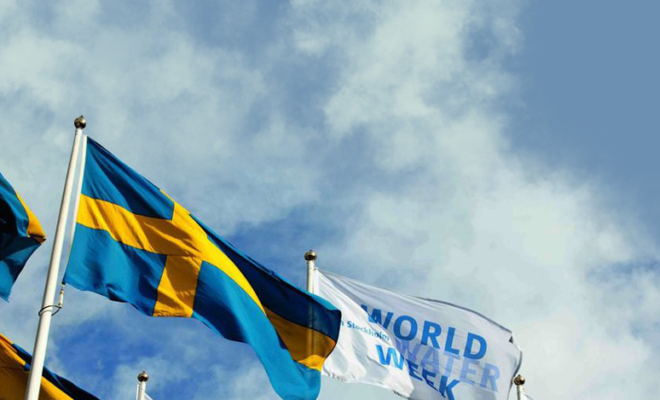The reaffirmation of the Water Pavilion was one of the positive outcomes of COP 29. Carlos Garriga, director of the Foundation, expressed his satisfaction and hope regarding the work done to expand and project the platform’s role: “This year, we participated as key partners, which allowed us to learn from top experts. The discussions provided a global and comprehensive perspective on water issues and their solutions. It was inspiring to see companies’ growing interest in investing in sustainable water and sanitation solutions as a cornerstone of their corporate social responsibility. We saw this trend at the COP 16 on biodiversity in Cali just a few weeks ago. This is the path forward.”
Since its creation at COP 26 in Glasgow in 2021, the Water Pavilion has steadily increased its prominence in climate conferences, becoming a key player in integrating the water cycle into climate crisis mitigation and adaptation strategies. It was established by a coalition of 30 organizations, governments, and companies, led by the Stockholm International Water Institute (SIWI) and the Alliance for Global Water Adaptation (AGWA).
The 37 debates held at the pavilion provided a comprehensive view of current water challenges. In each discussion, the crucial role of preserving the water cycle in climate resilience strategies was emphasized, alongside its direct influence on combating hunger and improving access to education.
Investing in water and sanitation requires methodologies to ensure effective solutions. Across the discussions, experts agreed on three critical factors to guide aid efforts:

Community participation and people-centred strategies have become the cornerstone for advancing toward universal access to water. © Kelly- Pexels
1. Communities at the Core
Solutions must be community-driven to be effective and sustainable. Strategies need to be designed from a local perspective, considering each community’s social, economic, and cultural complexities. Top-down approaches, while often well-intentioned, fail without this grounding. Climate adaptation efforts should prioritize empowering local action to shape global initiatives, ensuring those most affected by climate impacts benefit directly.

Under the 2015 Paris Agreement, all signatory countries committed to submitting NDCs outlining their plans to reduce greenhouse gas emissions and address climate impacts such as droughts, floods, and rising sea levels. © Muhammad Amdad Hossain/WMO
2. Invest in Systems and People, Not Just Infrastructure
This subject follows from the previous one. Infrastructure alone cannot withstand the growing volatility of climate impacts without equal investment in governance, institutional capacity-building, and community empowerment. Special focus should be placed on engaging youth to take ownership of their climate futures.
We have observed this across all our aid projects, particularly those working with small farming communities in Tanzania, Honduras, and India. These initiatives have focused on helping people understand the water cycle, especially groundwater and the dynamics of water bodies. Adaptation involves placing people at the centre and equipping them with knowledge and management skills. With that knowledge, they actively contribute to designing actions and constructing infrastructure, improving both the building process’s efficiency and the solutions’ crucial sustainability.
3. Make Water a National Priority
Water must be a central axis of national climate plans. There was consensus on the need to prioritize water within Nationally Determined Contributions (NDCs) and National Adaptation Plans (NAPs) to ensure efforts are practical.
NDCs and NAPs are two acronyms that will become increasingly prominent in international discussions following COP 29, as they refer to fundamental tools in the global fight against climate change and adaptation to its impacts.
Under the 2015 Paris Agreement, all signatory countries committed to submitting NDCs outlining their plans to reduce greenhouse gas emissions and address climate impacts such as droughts, floods, and rising sea levels. Meanwhile, NAPs focus on adaptation strategies and their implementation, particularly in vulnerable sectors, with the goal of increasing resilience to both the immediate and long-term effects of the climate crisis.
Preparing for the 2026 UN Water Conference
The next step is to prepare for the 2026 United Nations Water Conference, which this time must not disappoint as the 2023 edition did. The conference will be co-hosted by the United Arab Emirates and Senegal, raising significant expectations for positioning water as one of the critical factors in achieving sustainable global adaptation to climate impacts.
During the recent World Water Week, held every August by the Stockholm International Water Institute (SIWI), preparations for the conference were highlighted as a central theme of the Water Pavilion. “No one can deny anymore that preserving the water cycle is fundamental to maintaining biodiversity and mitigating droughts and floods,” stated Garriga. “Moreover, access to water and sanitation is a human right that urgently needs to be guaranteed for everyone as we face the immense challenge of climate adaptation.”

Solutions must be community-driven to be effective and sustainable. Strategies need to be designed from a local perspective, considering each community’s social, economic, and cultural complexities. © Carlos Garriga /WAWF
Loss and Damage Financing Still Stalled
Regarding the central theme of COP 29 — the financing of climate loss and damage — there are still no explicit guarantees that the most affected by global warming will receive adequate assistance, nor how it will be delivered.
Rich and developing countries reached a climate agreement after intense last-minute negotiations. The resolution stipulates that developing nations should receive at least $1.3 trillion annually by 2035 to transition toward low-carbon economies and address climate impacts. However, only $300 billion will be provided in the form most demanded by these nations: grants and low-interest loans. The remainder must come from private investors and a variety of potential new financing sources, such as fossil fuel taxes or levies on frequent flyers, which remain undefined and lack clear implementation strategies.
Post-COP, particular attention has been drawn to the NDC 3.0 Navigator, a new iteration of the tool developed by the NDC Partnership in 2016. This platform aims to streamline tracking financial contributions from each country and offer valuable data for the governance of climate adaptation efforts.
Looking ahead to COP 30 in Brazil, tensions and the urgency to address climate impacts are escalating. Many experts view this summit as a critical opportunity to turn climate action into tangible global results.





